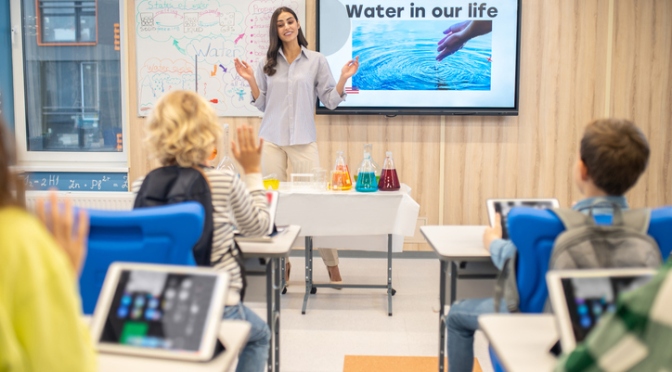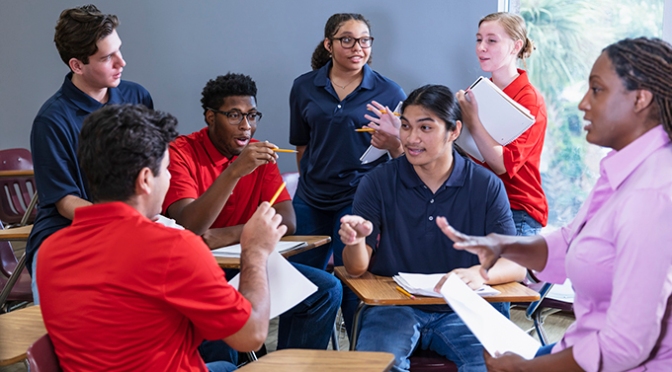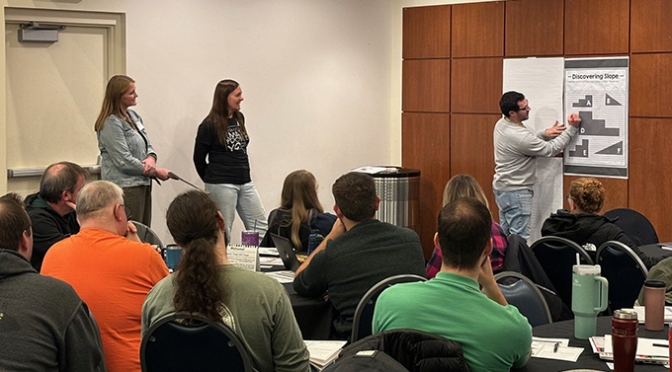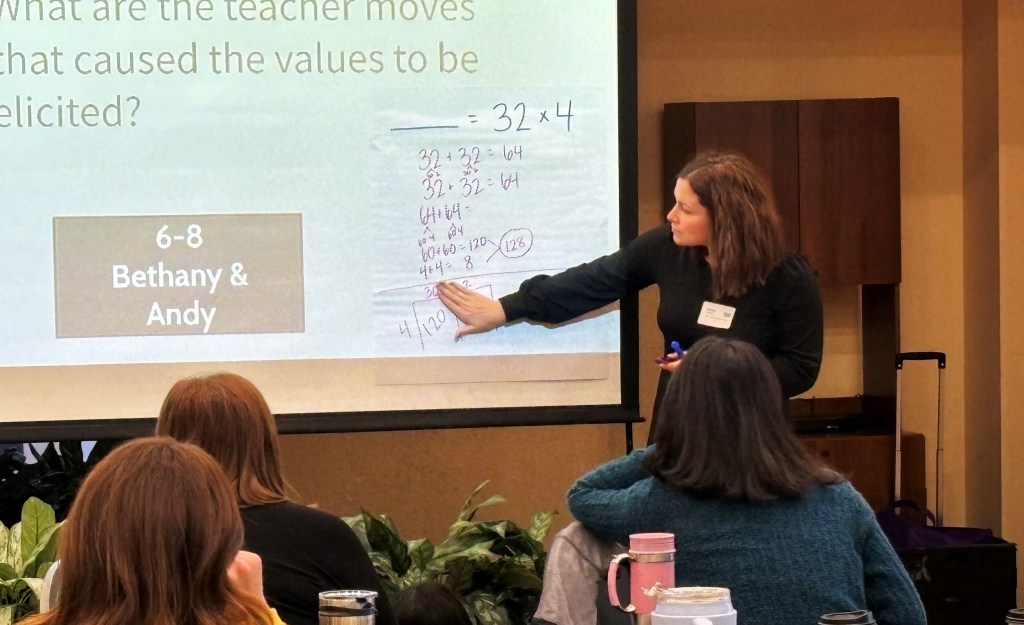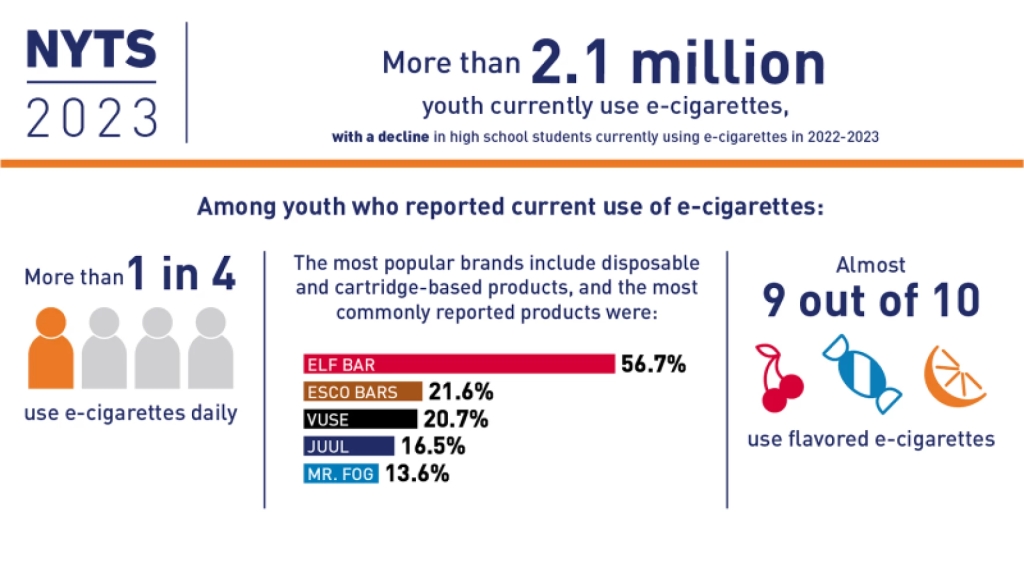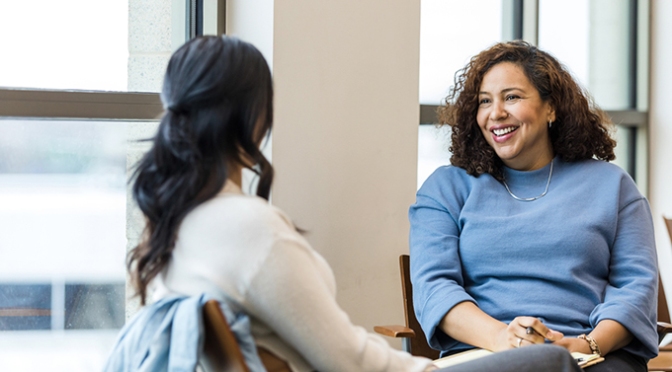What is belonging? According to Cornell University’s Department of Diversity, Inclusion, and Belonging, belonging is ‘the feeling of security and support when there is a sense of acceptance, inclusion, and identity for a member of a certain group.’ In school communities, belonging occurs when individuals can bring their authentic selves into the learning environment. When students, teachers, and staff feel a sense of belonging, they thrive in a learning community that embraces diverse backgrounds and life experiences. Belonging impacts performance significantly and is a critical factor in enhancing engagement and achievement across social, emotional, cognitive, physical, and behavioral domains at home, in school, and in the broader community.
Survey Insights: Kent ISD’s Approach
Within Kent County, schools and districts taking the MI Student Perception survey measure belongingness by assessing how strongly students feel they belong in school, how well they perceive others understand them, and the extent to which students feel connected to their peers. Our students’ holistic experiences and well-being beyond test scores are the focus of this anonymous survey. It aims to comprehend students’ perceptions of belonging, social and emotional learning, and engagement. While participation in the survey is voluntary, robust data collection efforts facilitate informed decision-making. Recognizing and fostering a culture of belonging is the cornerstone of an effective teaching and learning process, ultimately enhancing students’ educational experiences.
Continue reading Unveiling the Power of Belonging: Essential Strategies for Student Success →




